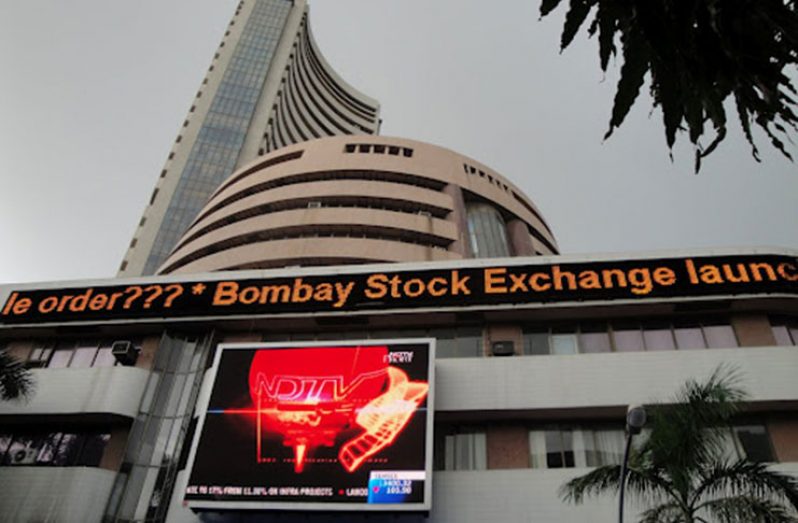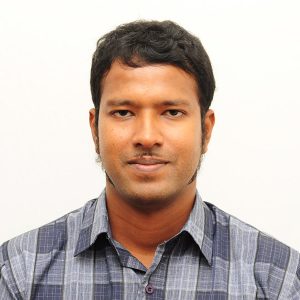— but not at the expense of her culture, heritage
WITH a growth rate of eight per cent, India, the world’s largest democracy, is among the top fastest growing economies in the world and by any stretch of the imagination is a rising economic powerhouse.
Today, India’s population stands at 1.3 billion, second only to China’s 1.4 billion, but is projected to surpass its fellow Asian giant by 2028.
Even though India has a very large population, its unemployment rate is 4.9 per cent with labour participation at 52.5 per cent.
By 2020, the world’s largest democracy is expected to be the world’s youngest country with an average age of 29 and a surplus workforce of 47 million, against a deficit of 10 million in China and 17 million in the U.S.
This young demography will open a window of opportunity for India to improve labour productivity, increase domestic production, enhance revenue from services, increase savings and reduce the number of old public service workers.
In 2014, India launched the Make-in-India programme geared towards attracting investment into manufacturing by introducing a business- friendly regulatory environment, fostering innovation, enhancing skills development and building best-in-class manufacturing infrastructure.
Through these efforts, the manufacturing share of Gross Domestic Product (GDP) is expected to jump from 16 per cent to 25 per cent and create some 100 million jobs by 2022, while completely overhauling India’s Foreign Direct Investment (FDI) regime.
Nayan Mehta, Chief Executive Officer (CEO) of the Bombay Stock Exchange (BSE) in a recent interaction with journalists from Latin America and the Caribbean, praised the economic surge India has been experiencing in recent years, pointing out that the climate has been good for business.
India is looking to establish and deepen cultural and economic ties with countries in Latin America and the Caribbean.

The team of Latin American and Caribbean journalists was impressed by Mehta’s presentation and got an opportunity to tour the BSE.
The BSE, established in 1875, is Asia’s biggest and first stock exchange and the world’s fastest with a median trade speed of six microseconds.
It is also the 11th largest stock exchange in the world with an overall market capitalisation of $1.7 trillion.
At the Tata Group of Companies, also headquartered in the financial centre and India’s largest city, Mumbai, officials there also recognised India’s economic growth and there was a sense of optimism that the future looks bright for India.
The Tata Group of Companies is a multinational conglomerate holding company with operations in over 100 countries around the world and a workforce of over 500,000.
The group has 30 listed public enterprises, which together has a market capitalisation of some US$130 billion.
Companies with significant scale include Tata Steel, Tata Motors, Tata Consultancy Services, Tata Power, Tata Chemicals, Tata Global Beverages, Tata Teleservices, Titan, Tata Communications, and Taj Group.
‘PHARMACY OF THE WORLD’
Also contributing to India’s economic growth is the country’s pharmaceutical industry, which is recognised as the “Pharmacy of the World,” boasting a presence in all therapeutic segments with almost all types of dosage forms.
In 2016/2017, pharmaceutical exports from India raked in US$16.84 billion and the U.S. continues to be its largest exporting partner.
During 2016-2017, India’s exports to the U.S. grew over 1.20 per cent and exports to North America accounted for 34 per cent of total exports.
Important to note too is that around 55 per cent of India’s exports go to highly regulated markets.
India has been able to maintain robust economic growth, remain a stable, progressive society and stand out in global business and politics, largely because of free and fair elections administered by the Election Commission of India.
The commission is headed by a chief election commissioner with the support of two commissioners, all of whom are appointed by the President of India.
Under the Indian Constitution, they have a six-year tenure or can work until age 65, whichever is earlier. They also enjoy the same status and receive salary and perks as available to judges of the Supreme Court of India. The chief elections officer can only be removed from office through impeachment from Parliament.
Today, India is known as the world’s largest democracy and a rising economic powerhouse, but since time immemorial, she has been a major cultural centre and school of learning to the world.
MOTHER OF HISTORY
In fact, great American author and poet Mark Twain once said that “… India is the mother of history, the grandmother of legend and the great, great grandmother of tradition.”
These can all be found in the divine and mesmerising Swaminarayan Akshardham temple complex in Delhi, the beautiful garden city and capital of India.
Built in 2000, this modern architectural wonder is the largest active Hindu temple in the world.
In just five years, a dusty barren patch of land near the Yamuna River in Delhi was transformed into Swaminarayan Akshardham, a grand 100-acre cultural complex.
It showcases India’s glorious traditions of art, architecture, wisdom and spirituality.
The grand complex was inspired by His Devine Holiness Pramukh Swami Maharaj (Swamishri) to fulfil the wish of his guru, Yogiji Maharaj.
The focal point of the entire complex is the grand Akshardham Mandir, built of pint limestone and white marble.
It is 141 feet high, 316 feet wide, 356 feet long and has 234 intricately carved pillars, nine magnificent domes, 20 pinnacles and over 20,000 superbly sculpted figures.
The grand complex is also outfitted with two exhibition halls, large- format film theatre, spectacular musical fountain, cultural gardens, ornate gates and food court that provide a riveting and enlightening experience of India’s heritage.
The message of India’s heritage is wonderfully presented in the exhibition halls. The Hall of Values brilliantly shows the values of ahimsa, courage, endeavour, honesty, harmony and faith.
The messages are presented through films and light and sound shows with robotic figures and experimental effects.
The second hall, the Boat Ride Exhibition, is a spectacular 14-minute boat ride through 10,000 years of Indian culture which flourished on the banks of the Saravati River.
It captivates attention with the same intensity of Film City, the most sought-after studio in Mumbai, captivates the imagination of millions of Indians both in and abroad, through films, television series and music videos.




.png)









